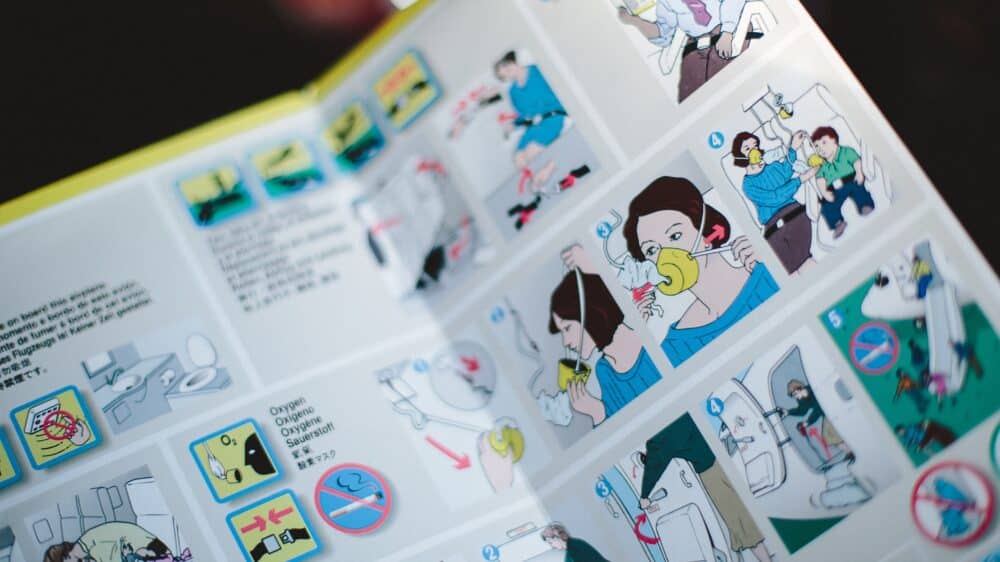Always, no. Exactly to the second either. As often as possible, yes.
As for taking the train, it is a question of being at the station on time, that is to say a little before the exact time, so as not to miss the first train of sleep (see Signs of lack of sleep).
But why going to sleep at the same time?
- Regular waking-up and bedtimes are reassuring for children and help them to avoid getting into a sleep debt.
- In addition, even if toddlers are not aware of the time, they learn to make associations through repetition in their daily lives. The routine thus serves as a metronome and helps the child to first learn the rhythm of day and night. Thanks to their internal clock, which develops during the first year of life, their body learns to secrete sleep hormones, which will allow them to string together sleep trains and have a consolidated sleep at night (with fewer and fewer awakenings).
- Science shows that the older the child gets, the easier it becomes to put him to bed at the same time, thanks to the development of his brain and his sleep clock and to the fact that he knows the difference between day and night. The regularity of the schedules also facilitates falling asleep.










